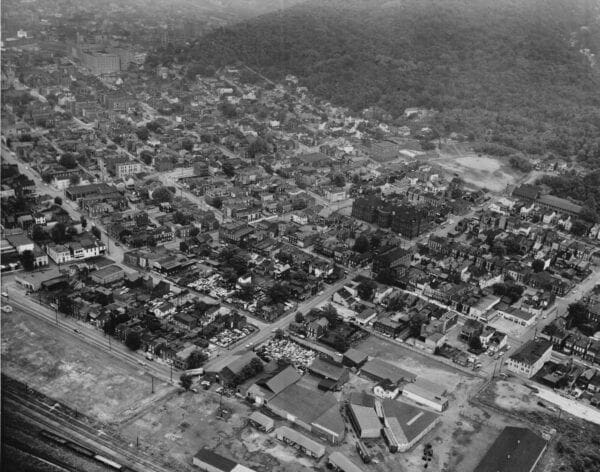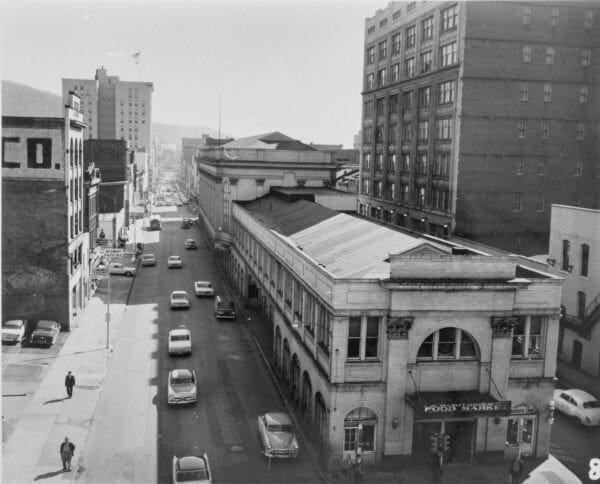The Hope VI program was to transform public housing not just in Wheeling but throughout the nation in the late 1990s, and the leaders of the federal Housing and Urban Development worked with local decision makers to plan what was next for the people living at Lincoln Homes and Grandview Manor.
No one involved with the decision, however, actually lived there so they didn’t realize what they were destroying.
“When I first moved to Grandview Manor, I didn’t know what to expect because of the things that you heard about it,” said former resident April Schrump. “Of course, you heard about drugs and things like that, but you never heard about all of the people who lived there and made it the best that it could be. You never heard about the grandmothers up there who weren’t just there for their grandkids but for all of the kids on that hill.
“I only lived there for a couple of years, but I made so many friends while I lived at Grandview Manor, and I am still friends with them today,” she said. “Grandview Manor was nothing like what I had heard before I moved in, and I missed those people after I moved out. We took care of each other up there.”
The city of Wheeling, according the press release distributed by HUD in August 1999, received a $17.1 Million Hope VI grant to make housing available to 150 families and to demolish 328 public housing apartments.
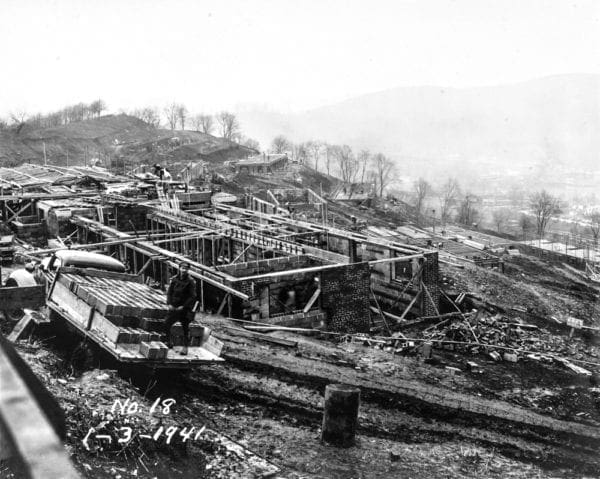
Following the Blueprints
Lisa Zukoff, currently one of two state delegates representing the fourth district, was the executive director for Wheeling Housing at the time the grant was received, so she was charged with preparing the residents of Grandview Manor and Lincoln Homes to move to another neighborhood of the Friendly City.
“When I began with Wheeling Housing in 1995, the conversation about closing Grandview Manor had already started,” Zukoff recalled. “Several of the board members had already visited officials with HUD in Washington, D.C., about the issues at the complex. In the 1980s, there were a lot of drug problems there, but I have to give Wheeling Housing credit because they had really worked hard on solving those issues.
“But the perception in the community, though, was something they just couldn’t overcome,” she said. “When I started, police officers were doing the security for the housing authority, and it was the intention of the board to apply for funding to take down Grandview Manor and Lincoln Homes. The plan with Hope VI was to build affordable housing in mixed-income housing, and that’s what took place.”
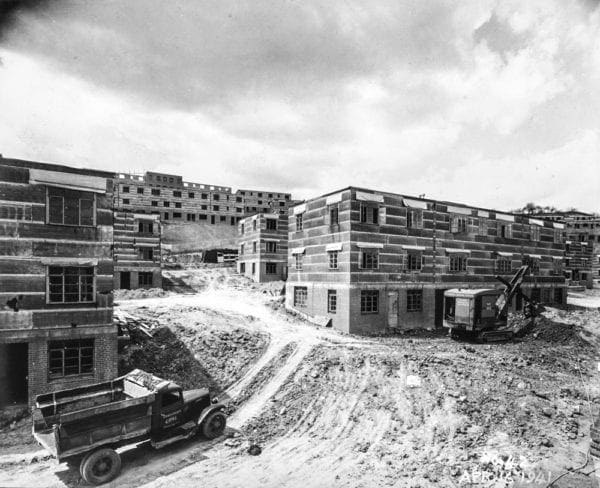
But not before Zukoff and her staff members met with each and every resident to determine where they would like to reside next and when that transition could take place. What the former executive director learned, though, was that most simply wanted to stay put.
“We worked very hard with our residents after we had received the grant for the Hope VI project because we wanted them to understand everything that was going to be happening there,” Zukoff said. “We had a re-location plan that we had to follow, and the residents were given three or four opportunities to select where they wanted to move. Some of the residents even got to move into private homes in some of Wheeling neighborhoods.
“But when we first started meeting with the residents to let them know the plan, there were some older residents who were very upset because they had lived there for so many years,” she remembered. “It was what their families knew as home, and they had to move, and it was really, really hard for them. I remember driving down off that hill to come home, and I was crying because I was tearing down a true neighborhood. I don’t think anyone involved with making that decision looked at it that way.”

A True Community
There were learning labs and after school programs for the school children, and there was childcare, too, provided by the Wheeling Housing Authority for working parents at Grandview Manor and Lincoln Homes, but once reality set in, all involved knew those amenities would vanish once the residents were scattered about the city.
The Wheeling Housing Authority constructed new housing in North Wheeling, Wheeling Heights, and the Jacob Street Apartments, and those three complexes host 104 apartments. Other residents were moved to single-family dwellings and apartments, but from what Zukoff could tell not too many of them were pleased with the Hope VI project.
“When those individuals and families had to move out, we continued working with them so they could succeed in their new homes, but we had only one person take us to court because they didn’t want to move,” she said. “That resident, though, had four options where they could move, but they didn’t take any of the necessary steps.
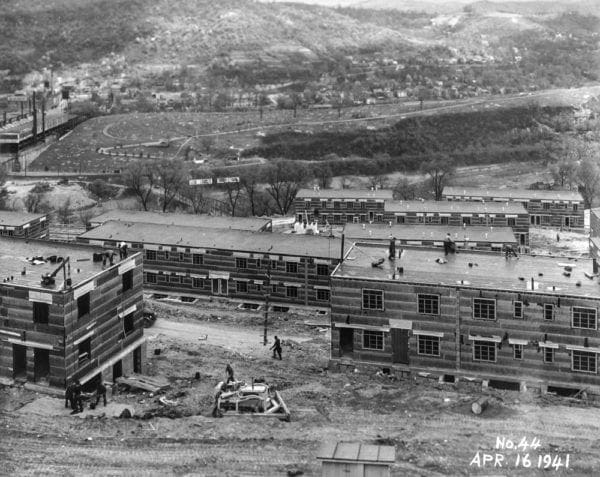
“That case didn’t go anywhere because the court could see how thorough we had been during the process,” she said. “Plus, there hadn’t been the construction of any new housing in inner-city Wheeling for as long as 50 years, and we worked with communities like North Wheeling to see what designs they preferred for the Hope VI projects.”
Even now though, 20 years later, Zukoff reflects on her nine years with Wheeling Housing and hopes the displaced adjusted well and that similar environments evolved within places like Providence Green in North Wheeling.
“That’s because the residents at Grandview Manor and Lincoln Homes would take care of others when they had their children, and some of them would watch the kids while their parents went to work each day,” Zukoff explained. “People just knew where they could go to be in a safe haven because those residents protected each other from some of the bad things that were happening.
“See, what you think is a true neighborhood can be true in public housing, too, and I know that because that’s what Grandview Manor and Lincoln Homes were up until the end,” she said. “Just because people don’t make a lot of money doesn’t mean they don’t love each other and take care of each other and their children, and I just hope those things are happening again in the newer communities.”


